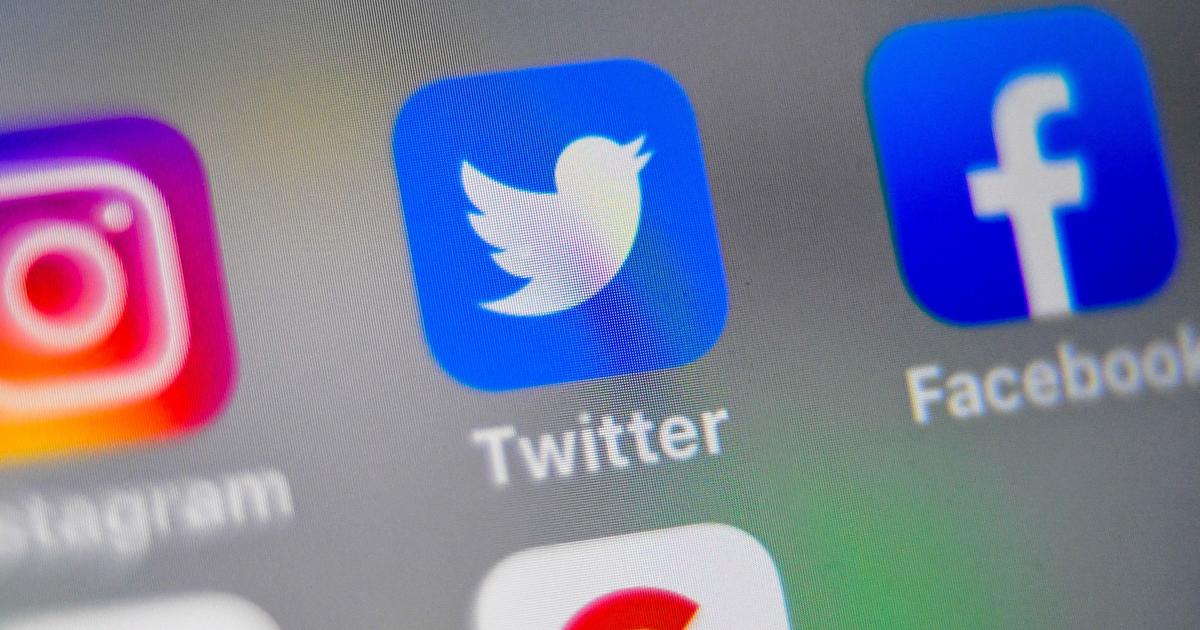Twitter announced Tuesday that it’s launching a “2020 U.S. election hub” that will promote accurate information and resources for voters, with less than 50 days to go before the general election.
The hub will be featured at the top of U.S. users’ Explore tab, and will include “news in both English and Spanish in the form of Twitter Moments created by reputable news outlets themselves, or by Twitter’s Curation team,” a press release from the company said. The hub will also feature live streams of major election events like debates, includes a tool that shows candidates for congressional and gubernatorial races, and will have localized news and resources by state.
Nine in 10 daily Twitter users say they plan to vote in the upcoming elections, but over half say they still need more information about the candidates on their ballot and how to vote in 2020, according to an August study conducted by Twitter and Ipsos, a market research company.
Twitter, acknowledging it’s already a hub for political conversation, resources and breaking news, said it wants users to be able to access reputable information with ease, so they’re able to “meet registration deadlines and participate confidently.”
“Twitter wants to empower every eligible person to vote in the 2020 US election, and we’re focused on helping people register, better understand the voting process during COVID-19 including early voting options, and feel informed about the choices on their ballot,” read the press release.
The election hub will also include “voter education public service announcements” running through Election Day, according to the social media company. The PSAs were produced with information from non-partisan government and voting advocacy organizations, Twitter said, and will provide information on voter registration, request an absentee ballot, and offer advice on “staying healthy while voting during the pandemic.” The first PSA is already live in English and Spanish.
Twitter, Facebook and other social media companies faced some controversy in 2016 after it emerged that the Russian government had engaged in an interference campaign intent on sowing confusion about the election and undermining Hillary Clinton’s presidential candidacy. Russia’s social media influence campaigns tried to exploit divisive political issues like race, gun control and religion. After the 2016 election, Oxford University researchers estimated that 126 million Facebook users and 20 million Instagram users had been reached by such content.
In November, Twitter banned all political advertisements across its social media platform. At the time, in announcing the shift, founder and CEO Jack Dorsey said that “a political message reach should be earned, not bought.”
The company defines a political ad as one that refers to an election or candidate, or that advocates for or against “legislative issues of national importance,” like climate change, health care, immigration or taxes, Twitter executive Vijaya Gadde said at the time.
The decision stood in sharp contrast with rival Facebook, which came under fire for its decision to allow lies in political ads. Facebook head Mark Zuckerberg later defended that policy, saying that banning such ads would be akin to censorship.
“In a democracy, I don’t think it’s right for private companies to censor politicians and the news,” Zuckerberg then said in a call with investors less than an hour after Twitter announced its policy.
In another departure from Facebook, Twitter began flagging inaccurate tweets from President Trump this year. The company added its first fact-checking label to a Trump tweet in May, and has since labeled several tweets from Mr. Trump as inaccurate. Twitter also flagged the president’s tweet stating, “when the looting starts, the shooting starts,” in response to protests over the death of George Floyd, for “glorifying violence.”
Facebook introduced its own set of steps to battle misinformation this month, backtracking on its previous stance. The social media giant said it will now, among other things, remove posts with “clear misinformation” about the coronavirus pandemic and voting, attaching a link to authoritative information on both instead.
President Trump has repeatedly tried to discredit mail-in voting, and recently encouraged supporters in North Carolina to vote twice, once by mail and once in person — which is illegal — in order to “test” mail-in voting systems. Twitter has added a fact-checking label to two of Mr. Trump’s false tweets about mail-in ballots.
Zuckerberg told “CBS This Morning” co-host Gayle King earlier this month that Facebook’s flagging of misinformation about mail-in voting also applies to the president. In addition, Facebook said it is not accepting new political ads the week before the election and will add a label directing users to official election results in the event that a candidate tries to declare victory before final results are in.
“I think it’s important that we start preparing people now,” Zuckerberg said. “There’s nothing illegitimate about taking a few extra days, or even weeks, in order to make sure that all the votes get counted. In fact, it would be illegitimate if we didn’t make sure that all of the valid votes were counted.”
